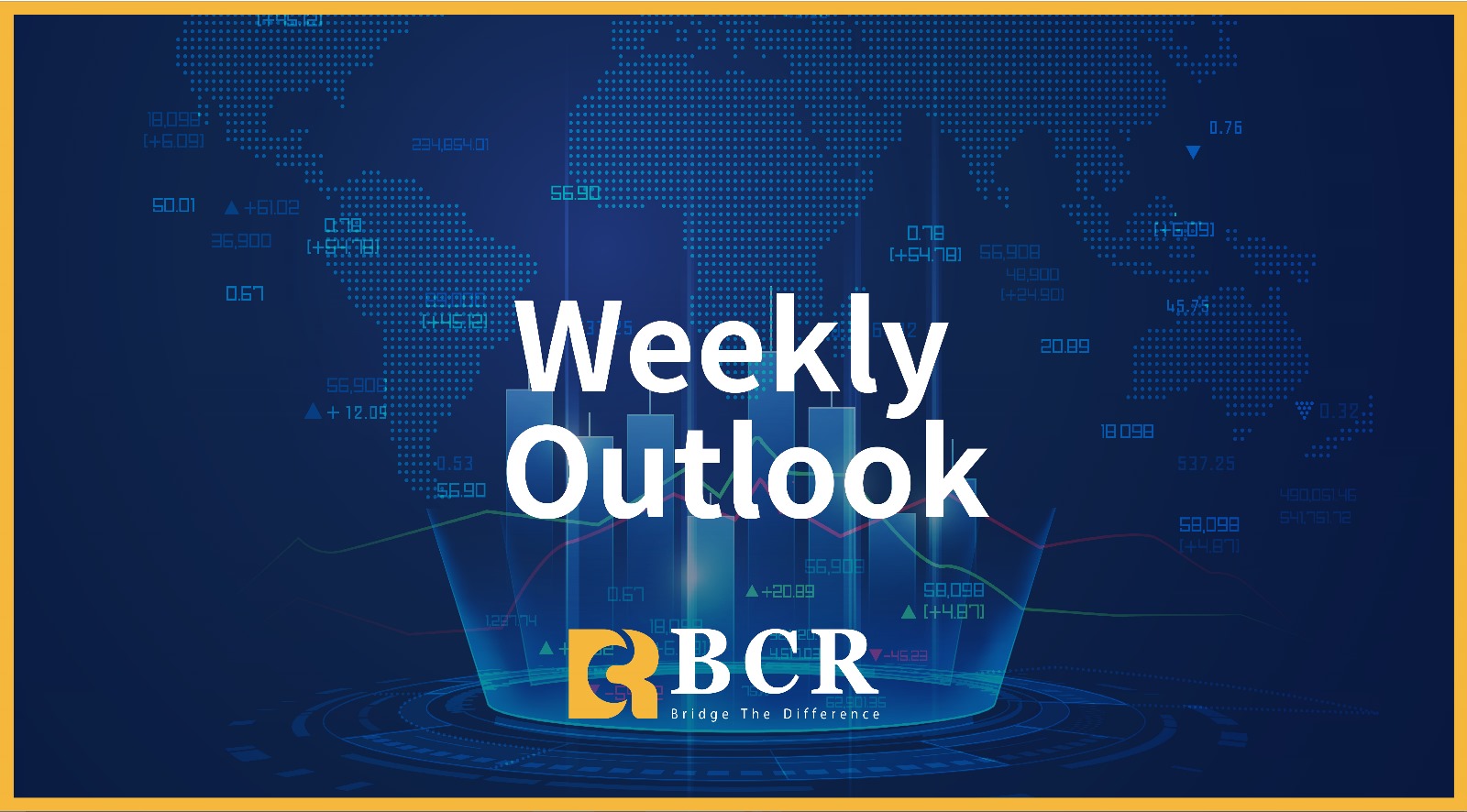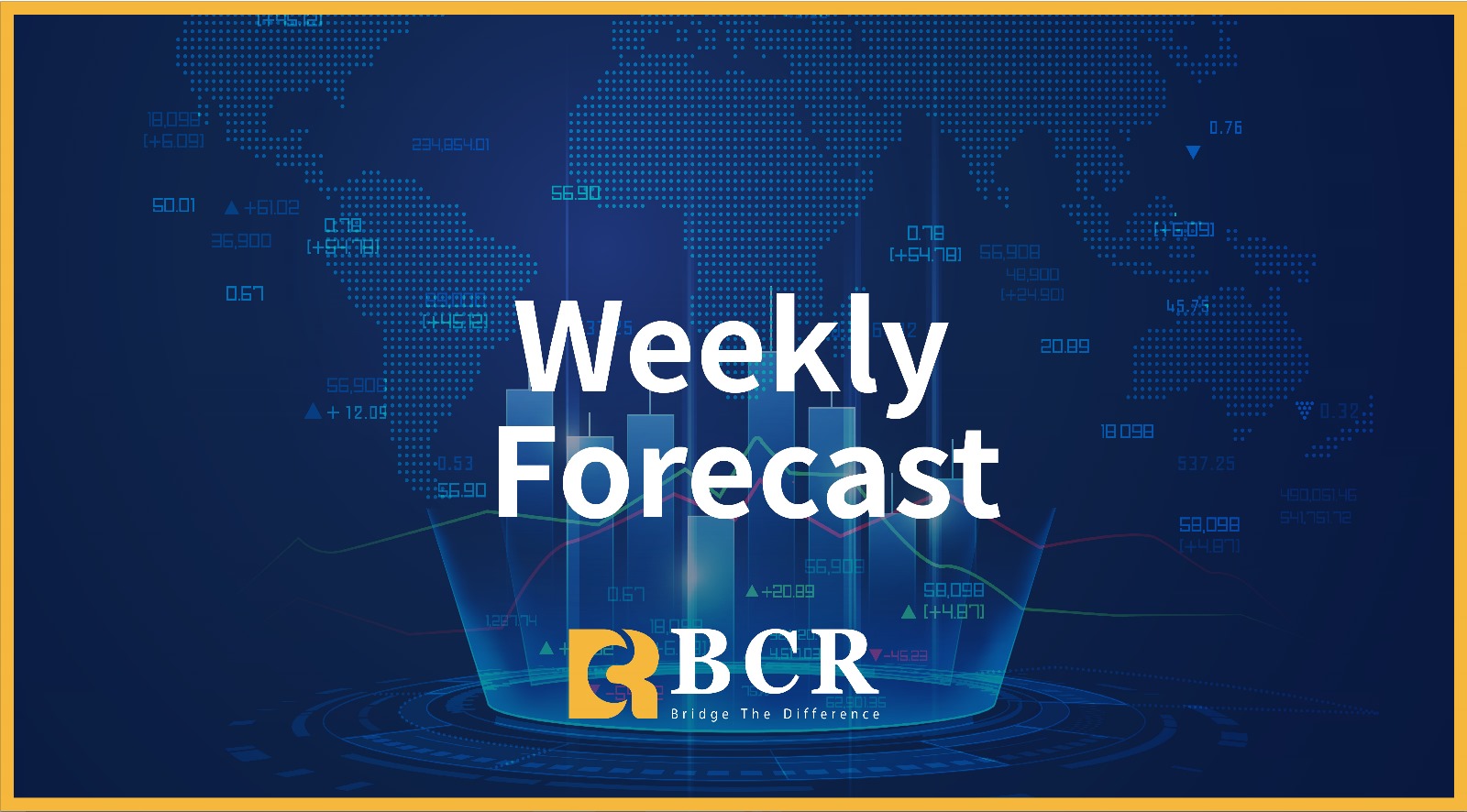





Recent News

0 • 12-16-2025
S&P 500 Slips as AI Stocks Weigh on U.S. Markets

0 • 11-14-2025
Fed’s December cut hopes fade into a 50-50 bet

0 • 12-23-2025
Daily Recommendation 23 Dec 2025

0 • 12-22-2025
Weekly Outlook 2025.12.22-2025.12.26

0 • 12-22-2025
Weekly Forecast | 22 December - 26 December 2025


0 • 12-23-2025
Daily Recommendation 23 Dec 2025

0 • 12-22-2025
Weekly Outlook 2025.12.22-2025.12.26

0 • 12-22-2025
Weekly Forecast | 22 December - 26 December 2025

Recent News

0 • 12-16-2025
S&P 500 Slips as AI Stocks Weigh on U.S. Markets

0 • 11-14-2025
Fed’s December cut hopes fade into a 50-50 bet

0 • 12-23-2025
Daily Recommendation 23 Dec 2025

0 • 12-22-2025
Weekly Outlook 2025.12.22-2025.12.26

0 • 12-22-2025
Weekly Forecast | 22 December - 26 December 2025


0 • 12-23-2025
Daily Recommendation 23 Dec 2025

0 • 12-22-2025
Weekly Outlook 2025.12.22-2025.12.26

0 • 12-22-2025
Weekly Forecast | 22 December - 26 December 2025

Risk Disclosure:Derivatives are traded over-the-counter on margin, which means they carry a high level of risk and there is a possibility you could lose all of your investment. These products are not suitable for all investors. Please ensure you fully understand the risks and carefully consider your financial situation and trading experience before trading. Seek independent financial advice if necessary before opening an account with BCR.
BCR Co Pty Ltd (Company No. 1975046) is a company incorporated under the laws of the British Virgin Islands, with its registered office at Trident Chambers, Wickham’s Cay 1, Road Town, Tortola, British Virgin Islands, and is licensed and regulated by the British Virgin Islands Financial Services Commission under License No. SIBA/L/19/1122.
Open Bridge Limited (Company No. 16701394) is a company incorporated under the Companies Act 2006 and registered in England and Wales, with its registered address at Kemp House, 160 City Road, London, City Road, London, England, EC1V 2NX. This entity acts solely as a payment processor and does not provide any trading or investment services.